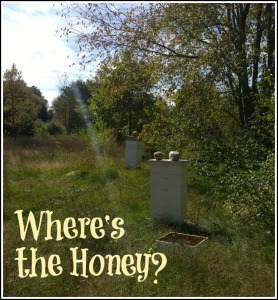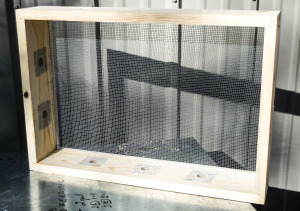Excerpts of a letter from Patricia Grupp …
After reading Eating Well magazine’s article on bees and a second article on the health importance of avoiding sugar in our diet, Patricia Grupp, a Kalamazoo Bee Club member (and beekeeper) wrote them the following letter. We are delighted to be able to offer her insights here as well. Thanks Patricia!
… I loved the article on bees. But there is far more to bees than just their valuable pollinating exercise. I tie that in with your article on advising people to reduce sugar intake. Honey, in that article, was included as a sugar to avoid.
I became a beekeeper three years ago because of my fascination with the insect. But I am finding much more to bees that often goes unsaid. Honey that is chemically free, unprocessed and unheated, and strained not filtered, is an extremely healthy product and should not be listed with sugars to avoid.
Personal Example: I am clinically hypoglycemic. I have battled with it all my life and have found myself in bad circumstances including completely passing out. Staying away from sugar and exercising is the answer.
Since becoming a beekeeper I learned about the health claims of honey—including sleeping better, having more energy, enhanced wound healing, eliminating coughs, etc.
But I can’t have sugar. Is honey different?
I started taking a teaspoon of organic, unprocessed honey three times a day. Taking a teaspoon of beet or cane sugar would be damaging and make me feel extremely poor, if not very sick! Instead to my surprise I am more energized, sleep better and concentrate better. Regular sugar would never do this for me!!
Honey as described above (not adulterated honey that which has been illegally brought in from China), is healthy and a valuable sweetener.
Currently my husband has honey and a bandage on an injured finger. I am using honey to heal his wound as the Romans did centuries ago. And it works! Honey is anti-microbial.
My grandchildren and aging mother uses honey at night for colds and coughs. My 92-year-old mother was very sick and up all night coughing. The next night she remembered to take honey before bedtime. She did and slept, cough free.

